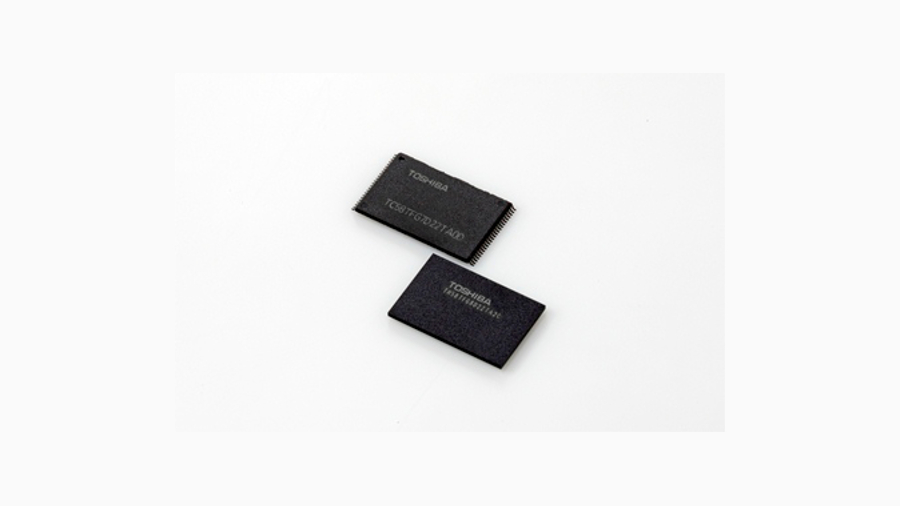SanDisk's, Toshiba's flash tech could bring huge SSD capacities
Beats Intel's and Samsung's 32-layer

Following Intel's and Samsung's flash storage announcements, it's now Sandisk's and Toshiba's turn to announce details of their 3D NAND chips, known as BiCS. Pilot production for BiCS will kick off in the second half of 2015.
"We utilised our first generation 3D NAND technology as a learning vehicle, enabling us to develop our commercial second generation 3D NAND, which we believe will deliver compelling storage solutions for our customers," said Dr. Siva Sivaram, executive VP of memory technology at SanDisk.
BiCS is the world's first 48-layer 3D NAND flash memory chip, and it is a two-bit-per-cell 128GB (16GB) device. The companies claim that the stacking process employed in BiCS will enhance the reliability of write/erase endurance and also boosts write speeds. The chips will be suitable for a vast range of applications, although is primarily geared towards solid state drives (SSDs).
Dedicated plant being built
Intel and Micron, and Samsung have both already announced separate 3D NAND offerings, although they only used 32-layer designs. In that sense, they are already a couple of steps behind the Toshiba and SanDisk partnership. Intel, in particular, claimed that 75% of a terabyte can fit in a fingertip-sized package in its 3D NAND memory and thus lead to speculation that 10TB SSDs will become a reality.
SanDisk plans to employ the 3D NAND technology across a range of solutions, from removable products to enterprise SSDs. SanDisk expects to see commercial production kick off in 2016 at a site specifically built for 3D flash production.
Sign up to the TechRadar Pro newsletter to get all the top news, opinion, features and guidance your business needs to succeed!